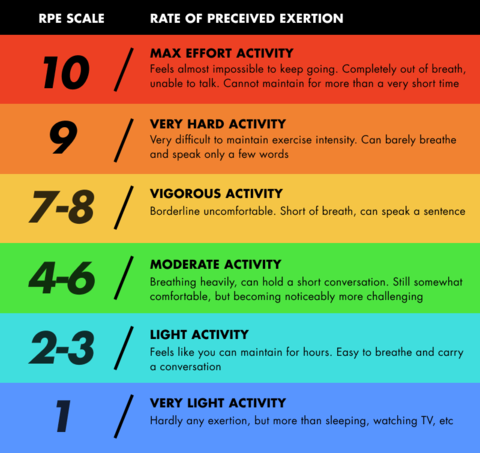Walk around any exercise facility and the athletes that are there are limping around or doing some extra mobility to cure their ailing joints. We often hear the phrase “work smarter not harder”, this is probably something these athletes need to hear. This is where the “high/low” model comes in. When programming for any type of athlete, this is a good and easy format. Thinking about a CrossFit template, we should do our high volume work on Monday followed by our lower volume work on Tuesday, Wednesday would be a higher volume and Thursday would be a lower volume day (possibly even an active recovery day). This same application can be applied to pretty much any type of program, I even believe sport coaches should employ this more. Our bodies need ample time to recover from a very strenuous workout in order to build and grow. This goes into my next point.
Does your recovery match your workout?
This is something that often comes up when a former athlete has a life change such as a job change or has a family. We no longer have the time to do extra mobility work and most often our sleep is less. If this is the case, we should no longer maintain the kind of intensity and volume we did before when we didn’t have these obligations. If you wonder how the guys at the Arnold strongman show, the CrossFit Games, or even in professional sports are able to do the type of volume and practice that it take to get to that level, look no further than their obligations and recovery. They generally are able to get as much sleep as possible, have access to recovery professionals, and have all day to train and prepare. This is not the case for most weekend exercise warriors. I suggest using the RPE scale which goes into my next point.
Recovery checklist:
- Sleep 8 hours a night
- Mobilize 15-30 minutes a day outside of your training window
- Eating the appropriate amount of calories and macros (Specifically protein and carbs)
- Low stress levels at work (this can raise cortisol, delaying recovery)

Use the subjective RPE scale
RPE or Rate of Perceived Exertion is a scale from 1-10 on how hard you are working. 1 being laying on your couch, 10 is your about to pass out from exercise. We should be working at a 7-8 on our High days and around a 5-6 on our low days. We may venture into a 9 on certain days, but we should be weary of this scale as we are training. As legendary Coach Ben Bergeron says “We should take a slow trajectory toward a distant horizon”. This is a mindset of trying to get a little better every day and playing the long game as opposed to trying to get to the top tomorrow. When you wake up in the morning, take note of how you are feeling. If you are tired and sore, it may be a good idea to go in and work at 70%, or possibly a rest day.
Listen to your body
This is the most overused phrase when it comes to soreness and injury. It sounds good, but many people fall short of actually doing this. If you wake up very sore, its not a bad idea to do some active recovery work that day or look at doing an RPE of 4. They actually have devices that will test your blood to see if it’s a good day for training. Most people will not have access to those devices, so we must use our bodies to tell us if it’s a good day or not. I suggest doing some type of exercise every day (30 min walk is very underrated), but I don’t suggest pushing to the max every day.

